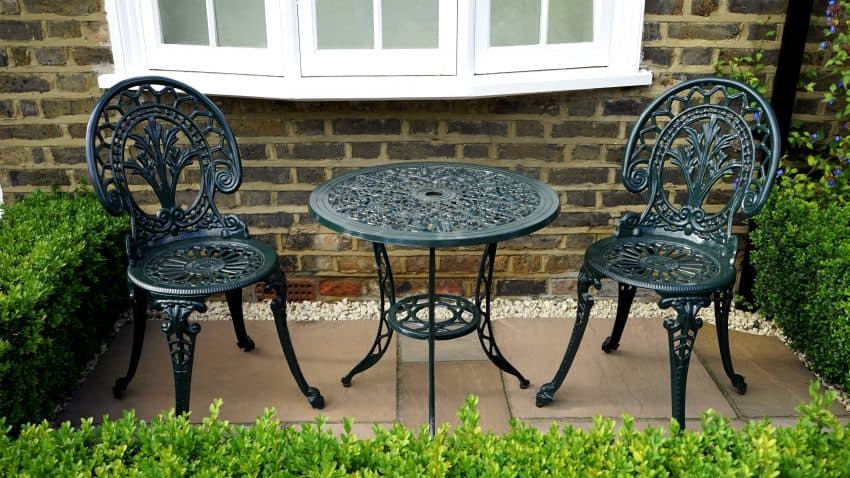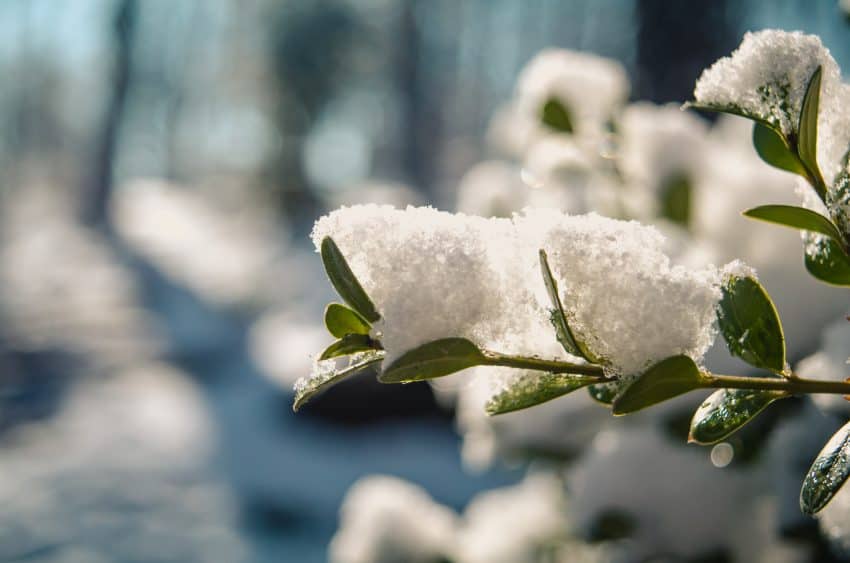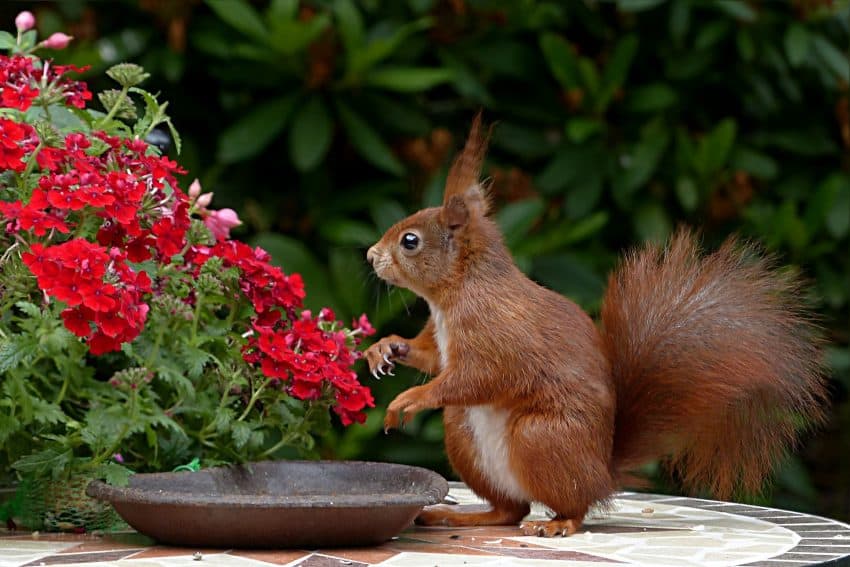Living in the UK, it’s easy to believe that our climate isn’t extreme enough to warrant any serious preparation between seasons. Our summers aren’t searing hot, and our winters may seem bleak, but they’re not consistently sub-zero for weeks on end. Our gardens, however, see things a little differently. What may not seem like a drastic weather shift to us can make a huge difference to our outdoor spaces. Freezing overnight temperatures and damp, cold air can have a huge impact across the board, from plants to garden equipment and furniture. Read on to learn how you can winter proof your garden and avoid expensive replacements and repairs come spring.
Winter proof your garden furniture

Your patio furniture is quite likely the most expensive thing you have out in your garden. So, the last thing you want is for it to become damaged by winter weather and need replacing! Most patio furniture comes with care advice, which includes how to treat the surfaces and how to store furniture during the winter. If you’ve lost this, then you should still be able to contact the retailer or manufacturer for advice.
As a general rule, though, wooden, wicker, plastic and metal garden furniture is all very durable and you won’t need to do much to winter proof your garden furniture. It will survive more or less any conditions Mother Nature can throw at it. To keep your furniture at its best, though, it’s worth investing in covers for your furniture or moving it indoors to a garage or shed during winter months. This protection from the elements will keep your furniture clean and dry, so that when the first warm days of spring roll around, you’ll be ready for them!
If your plan is to cover your furniture and then leave it outside, you may want to consider moving it to a sheltered area of your garden before you leave it alone for the season. British winters can be stormy at times, so moving covered furniture to a sheltered spot will protect the covers from wind damage, further protecting the valuable furniture underneath!
Winter-proof your garden plants

If you have a tendency towards being green-fingered anyway, then you’ll know that plants, like people, have unique needs and preferences. They like different soils, light conditions, moisture levels and more. And that’s all before you even take their temperature needs into account! Some plants are perfectly happy to be left as they are over the winter. Others seemingly wither and die at the first sniff of a frost! So, what you do to protect them and winter proof your garden varies as well.
Let’s take perennials first, as they’re the easiest to care for. Perennials are designed to come back year after year and, a little like bears, go into hibernation over the winter. As winter approaches, all you need to do is trim them back, and add a layer of mulch to the soil. Mulch can be anything from bark, tree boughs or chopped leaves. This layer of mulch delays the soil freezing, protecting the root system of your plants from the cold.
Other kinds of plants, though, need a bit more TLC in preparation for winter. Annuals like begonias and geraniums that you’re growing for next spring will need to be covered in garden fabric. This protects them from frost, which can be lethal. Cold climate trees and shrubs need fertilising to help them through the winter. However, warm climate shrubs shouldn’t be fed after September to give them time to harden and go dormant for winter. All of these plants, though, will benefit from a layer of mulch about 3-4 inches thick being added to their bases.
Garden equipment
If you generally leave gardening equipment outside year-round, then you may want to re-consider. Some items, like your trusty garden hose, will not survive a winter left outside without a little preparation. To get your hose ready for winter after its last use, disconnect it from the tap first. This is partly to stop water from dripping into the hose, and partly to prevent the connection from freezing over the winter. Next, walk along the length of your hose and remove any kinks. This stops water from getting blocked in the pipe, and helps with the next step: draining any water still in there. If your hose still has water in it during the winter and it freezes, then this can cause your hose to rip or get holes in it. And what good is a leaky hose?!
Finally, wind your hose into a large circle shape to prevent it from getting kinked or bent. Store it somewhere warm, or on a hose hanger in your garden, for the winter.
Caring for wildlife in winter

Many of us like to do our bit for local wildlife. Leaving out some bird seed or a feeder for the local avian population is among the easiest and cheapest ways to do this. Wildlife needs your help more than ever during winter, though, as their normal sources of food and shelter can become scarce. Putting out hanging bird feeders containing fat balls is a good seasonal alternative to scattering seed on the floor. Birds will be able to reach these even if there’s a heavy frost or snow on the ground. Plus, the additional fat will help to give them some extra insulation against the cold weather, too!
Provision of fresh water is also an essential for wildlife during winter, when natural sources often freeze over. Leaving a shallow dish or container of water on the ground will benefit all sorts of garden wildlife.
You should also bear in mind who might have taken up a less obvious residence in your garden, too. Compost heaps can become a haven frogs, toads and other animals, so do check before you turn your compost. Likewise, bonfires that are built and then left unlit can look like a ready-made palace to wildlife seeking refuge from the cold. Before you light a bonfire in your garden, make sure you check carefully that no creatures like hedgehogs have made themselves at home in there!
Done with the outside? Make sure you winter proof your house as well as your garden!



















